“It happens so fast.”
You’ve probably heard that from every friend and family member who tries to tell you what life is like once you have a child. Time seems to fly when you’re raising a baby because every development is a major one. Every month — every day — brings something new. These moments only happen once, but the memories will last so much longer when you make a point to catch those fleeting moments. Our friends at Kidmondo, who provide parents all the tools they need to chronicle their child’s lives, offer tips for important milestones to mark in your baby’s first year:
The First Smile
There’s something special about seeing your baby smile, and not just randomly, but in response to something you’re doing. They’re actively registering your presence and smiling back at you, and a smile can also be triggered just by hearing your voice. When they smile, you can feel that bond between you getting stronger.
When it happens: Usually between 6 and 8 weeks. Pediatricians typically ask at a two- month checkup if you’ve seen your baby smile.
A Full Night’s Sleep
Sweet, blessed relief. Newborns are a special experience, and they are seemingly designed to see how little sleep a parent really needs to survive the day, but after a few months — believe it or not — your baby really will be capable of sleeping through the night. Documenting this milestone is a great idea; just make sure that, whatever you do, you don’t wake the baby.
When it happens: It varies. Some babies sleep in long stretches when they’re as young as 3 months, but a majority of babies sleep a full night by the time they hit 9 months.
The First Roll-Over
This might not seem like much — it’s just a flip of the body, after all — but it shows clear growth in muscle development and motor skills, as well as a willingness to respond to external stimuli. (E.g., the baby sees you or a toy and rolls over to get it.) It’s also a great opportunity for pictures.
When it happens: It varies based on the type of roll. Babies can roll from their front to their back as young as 4 months, but it takes more strength and skill to roll over from their back to their tummy, which usually happens around 5 or 6 months.
Sitting Up
Before you know it, your baby will go from being a top-heavy little belly-crawler to someone who can actually pull themselves into a normal sitting position. Early on, they’ll need support to stay up; leaning on pillows or furniture is one way, or they might put their hands on the ground in front of them as a kind of kickstand.
When it happens: It varies, but babies usually sit up between 4 and 7 months. There are a variety of factors at work here, including neck and arm strength.
The First Laugh
Smiling’s great, but laughter? Even better. Parents of newborns can be forgiven for thinking that their child doesn’t know how to do anything but cry and sleep, but take heart: Soon enough, the laughter will come. Videos make for great journal entries here, and friends and family will love being able to see your little one light up.
When it happens: Around 4 to 6 months. By six months most babies babble, squeal with delight and laugh.
Crawling
You’ll be amazed at how fast babies can move when they crawl. Seriously. Adults can’t move that fast on their bellies. This burst of mobility is awe-inspiring and great to record with photos and video, especially if your baby’s in a safe area and can just make laps to their heart’s content.
When it happens: Between 7 and 10 months, your baby should start crawling around your house. Some babies have weird scooting methods, and some skip crawling and go straight to awkward standing and walking.
Waving Goodbye
When a baby’s only a few months old, waving at them will likely draw a blank stare. Parents sometimes move the baby’s arm for them and say “bye-bye” as a way to teach them what to do, but up to a certain point, the baby just won’t understand. Before their first year, though, most babies start to understand how certain gestures like waving are tied to different sounds and concepts, hence, waving = bye-bye. Wave and they’ll wave back.
When it happens: Usually between 8 and 9 months.
Standing Up
The joy of a baby’s first year is that there are so many milestones that are all connected, even as they remain special individual achievements. Standing up is related to sitting up and walking, but it’s an intermediary step that deserves its own attention and recognition. Standing for a few instants without using any support is a major developmental milestone, and this is also when babies might take a few tentative steps while holding onto furniture like chairs or low tables.
When it happens: Between 8 and 10 months, you can look for your baby to start standing. Allowing him to be barefoot will help him learn to feel the floor and find his balance.
First Steps
Most parents greet a baby’s first steps with a mix of happiness and horror. Happiness because the child is getting older and stronger, becoming more mobile; horror because, well, now they’re that much harder to catch.
When it happens: It varies, but walking can happen anywhere between 9 and 18 months. Capturing your child’s delight as he makes his way over to you for the first-time is a must.
First Words
This is the beginning of something major. This is when your baby goes from a need machine to a need machine that can, well, talk to you. Your child’s first words are their gateway into childhood!
When it happens: Usually around the one-year mark. “Mama” and “Dada” are common first words, but more creative words like “tree” have been spoken

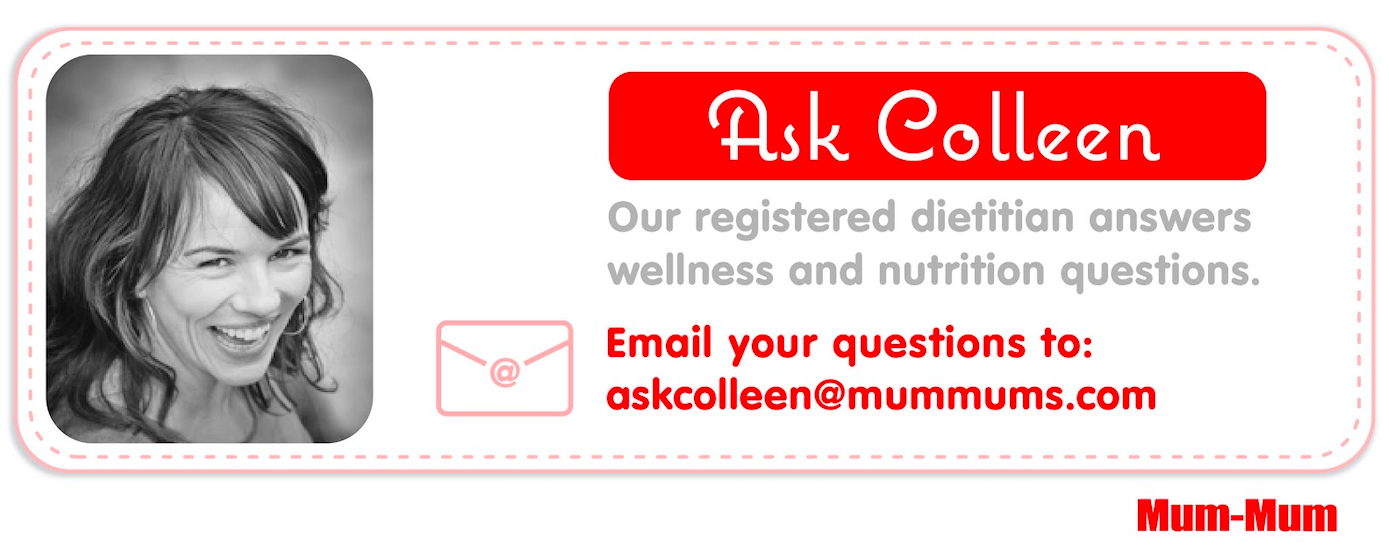
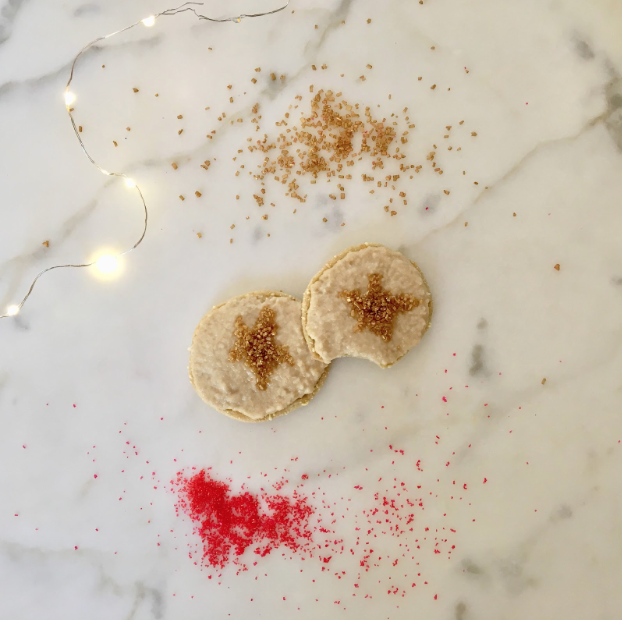

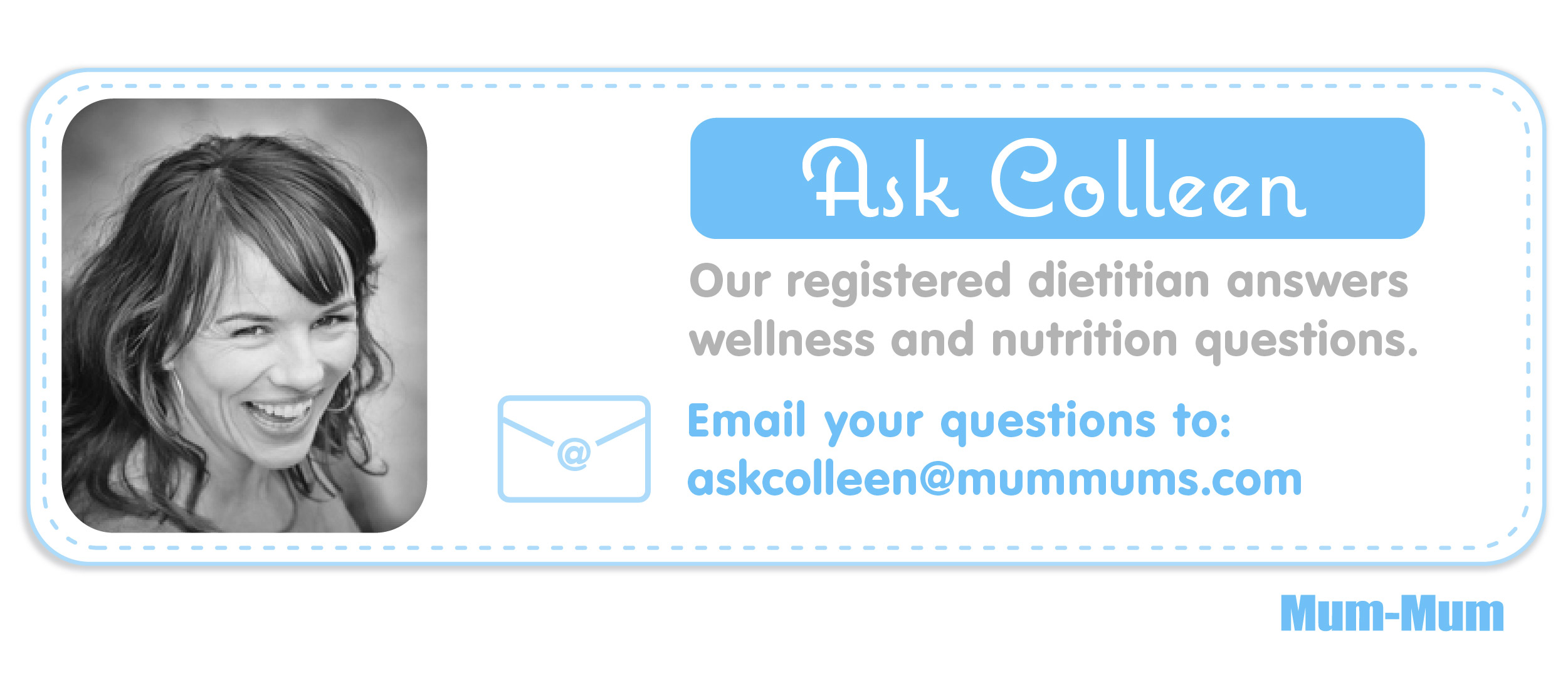
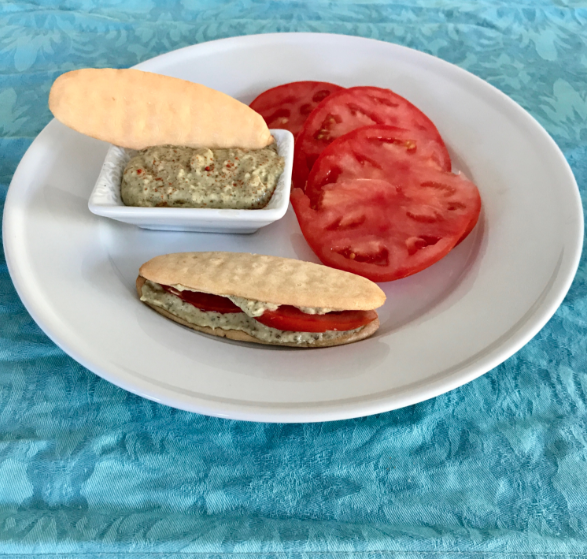
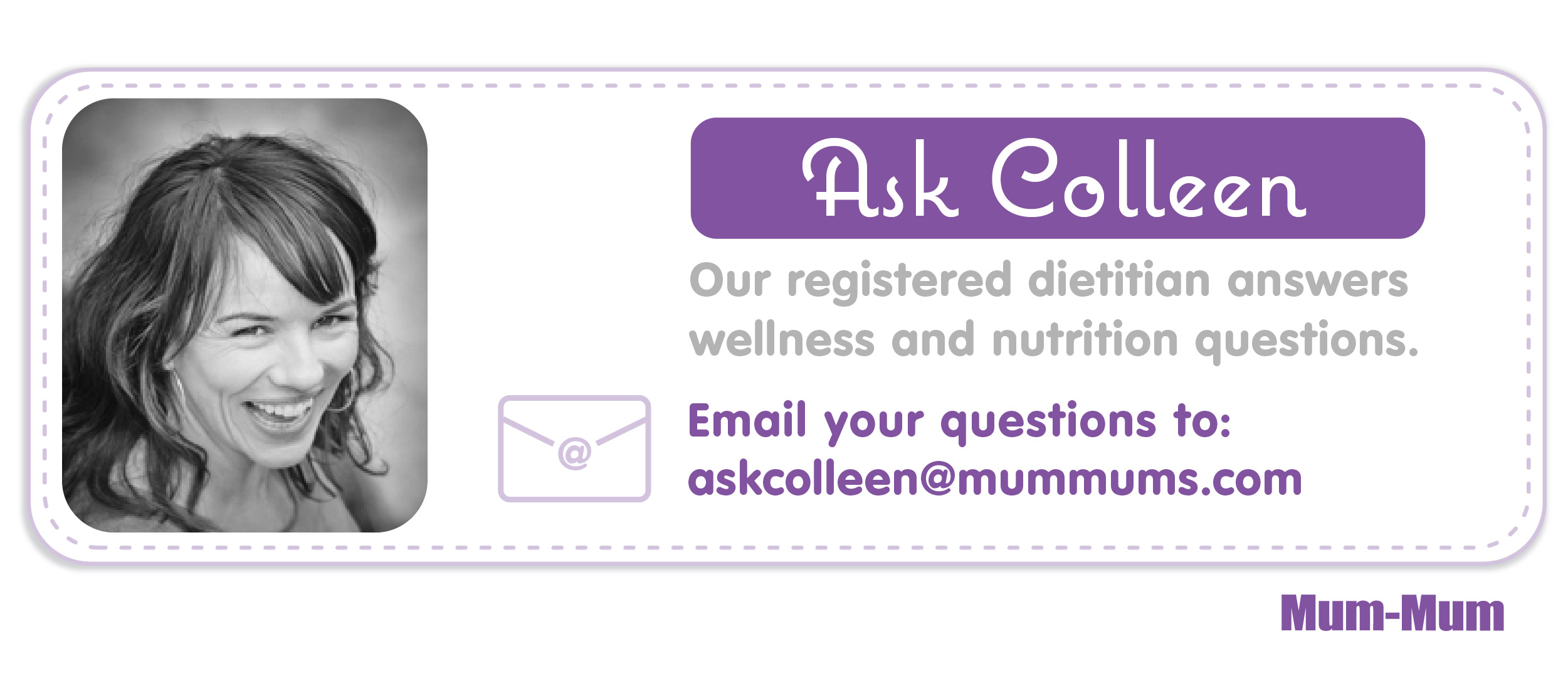

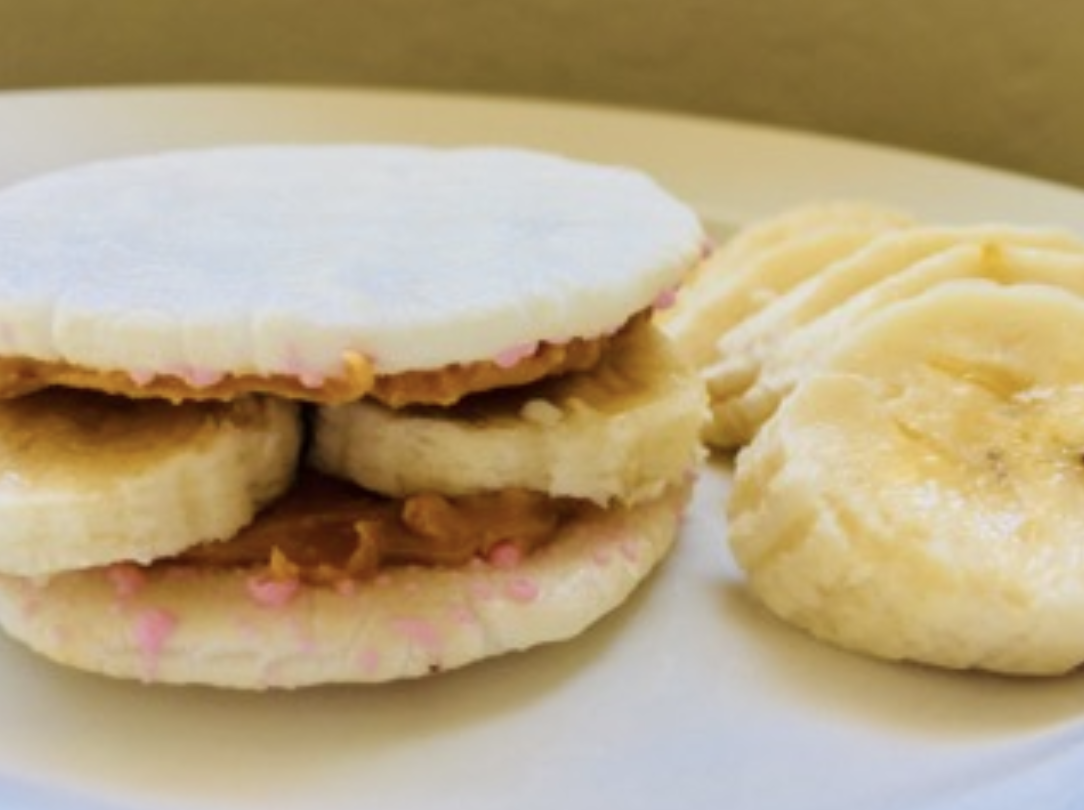
Be the first to comment